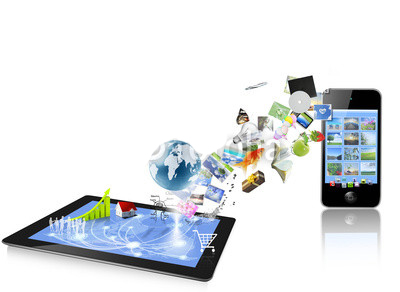
Physical Therapy EMR Top Five Advantages
Many physical therapy business owners are not yet convinced they should make the change over to automated documentation.
Nitin Chhoda enumerates the five advantages that physical therapy EMR can give, and how it can affect the entire process of a practices’ documentation from scheduling to billing.
 Physical therapy EMR system is obviously going electronic and is starting to look more and more like the obvious choice for physical therapy software.
Physical therapy EMR system is obviously going electronic and is starting to look more and more like the obvious choice for physical therapy software.
Many physical therapy EMR systems handle everything from physical therapy documentation to billing to scheduling.
Just in case you’re not convinced, here are the top five advantages of physical therapy EMR for all of your PT documentation software needs.
#5: Integrated Billing
Many clinicians find this to be one of the most obvious benefits, but it cannot be stressed enough. When you implement physical therapy software that offers complete physical therapy EMR transition, your business has the opportunity to get much, much more efficient. Medical billing is a complex job, and EMR for physical therapy services can make it just a bit simpler.
Because billing, scheduling, and electronic medical records will all be tracked by the same system, you can expect things to be more intuitive.
Medical billing can involve many steps and should include aging reports and follow-ups. A good physical therapy EMR system will allow you to set reminders and collect insurance and patient payments in a more efficient manner.
Your practice with an integrated physical therapy EMR services will give patients even more confidence about your services.
It turns out that the way patients perceive your office will make a difference – both new and continuing patients may decide your practice is not organized enough and walk out the door at any time.
If you show them a standard of paperwork, billing, and timely communications, they will respect the practice and feel more confident.
Additionally, physical therapy EMR can help busy therapists to keep all of their patients straight. No one is expected to remember every detail of every appointment. Electronic medical records make it quicker and easier to get caught up.
#3: Reporting and Profitability
A fully integrated physical therapy EMR will allow you to track the indicators that you want to check. How often do cancelled appointments remain empty? How often do referrals lead to a consistent new client? If you can get these numbers quickly and easily, you can use them to make your practice more profitable and efficient.
#2: EMRs are Coming
Physical therapy EMR and billing are the directions we’re all headed anyway. Why? Because they cut down on expenses and wasted time, which means you’ll be wasting less money on inefficient procedures. Implementing a physical therapy EMR now will ensure that you are on track to work with the rest of the medical community in the most efficient and practical way.
#1: Precision, Accessibility, Accountability
With physical therapy EMR and software that is designed by and for physical therapists, you can improve precision and accountability. When a system is intuitive to use and provides short cuts for a fast and constantly changing workflow, everyone gets better at their job. And if there is ever any question about why a decision was made or how a situation was handled, all the information will be together in one very easily accessible place.




















